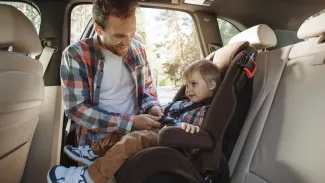Creation date : 15/01/2021
Children are particularly at risk in the event of a car accident. Even following seemingly innocuous shocks their spinal cords and their still fragile skulls can be damaged. This is because even at 30 km/h an unsecured child is propelled like a projectile towards the front of the vehicle if there is an accident. So, nothing beats prevention.
Mandatory child car seats
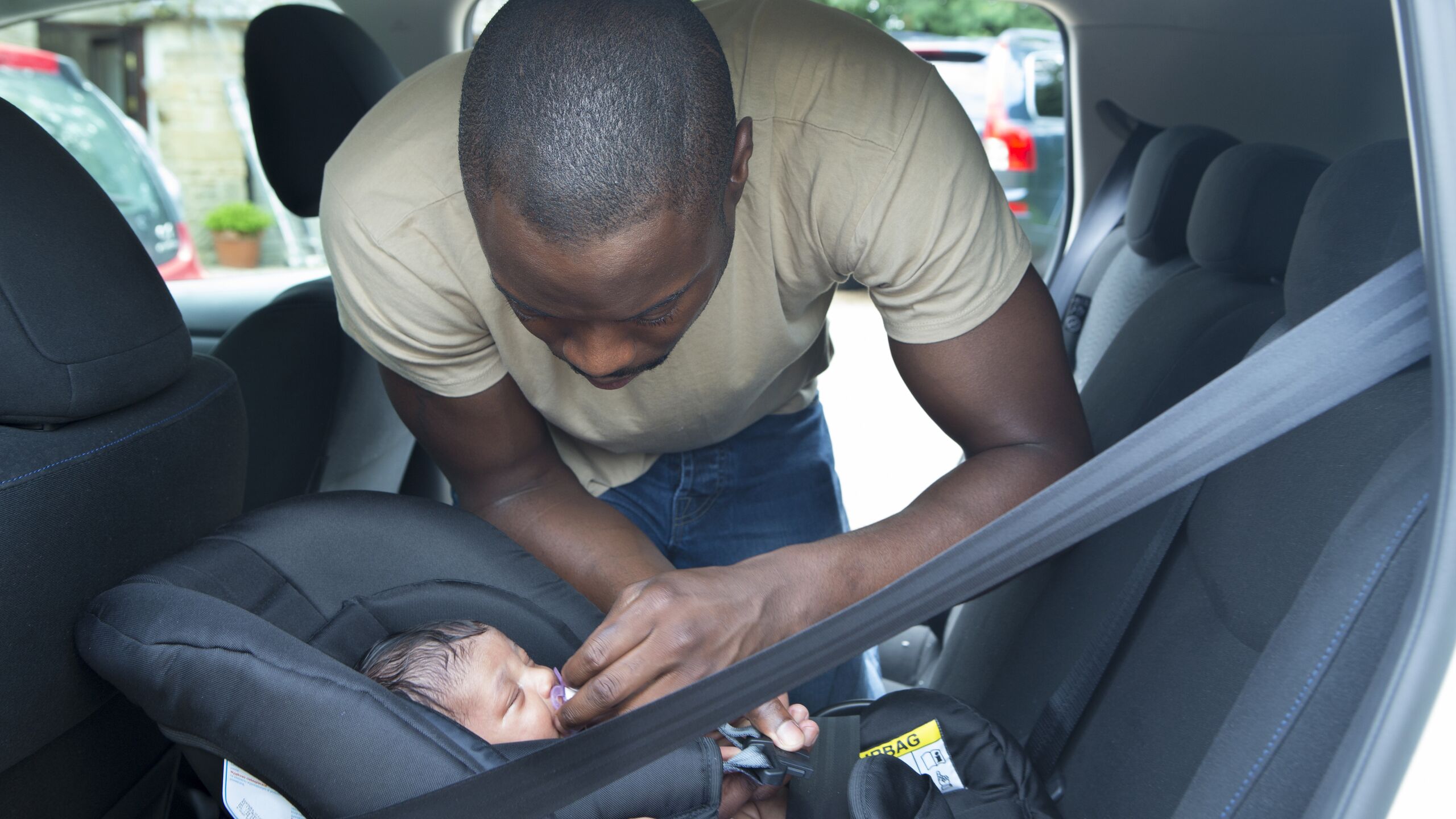
In Luxembourg, as soon as they leave the maternity ward and until they reach a height of 1.50m, your children must sit in a safety device when travelling by car: a rear-facing seat, a standard child seat or a booster seat for taller children. This equipment must meet one or other of the two EU standards in force:
- ECE-R44 or
- ECE R129 (the most recent) also called i-Size.
Under 3 years old, no exception to the rule is allowed.
Exceptional authorisations
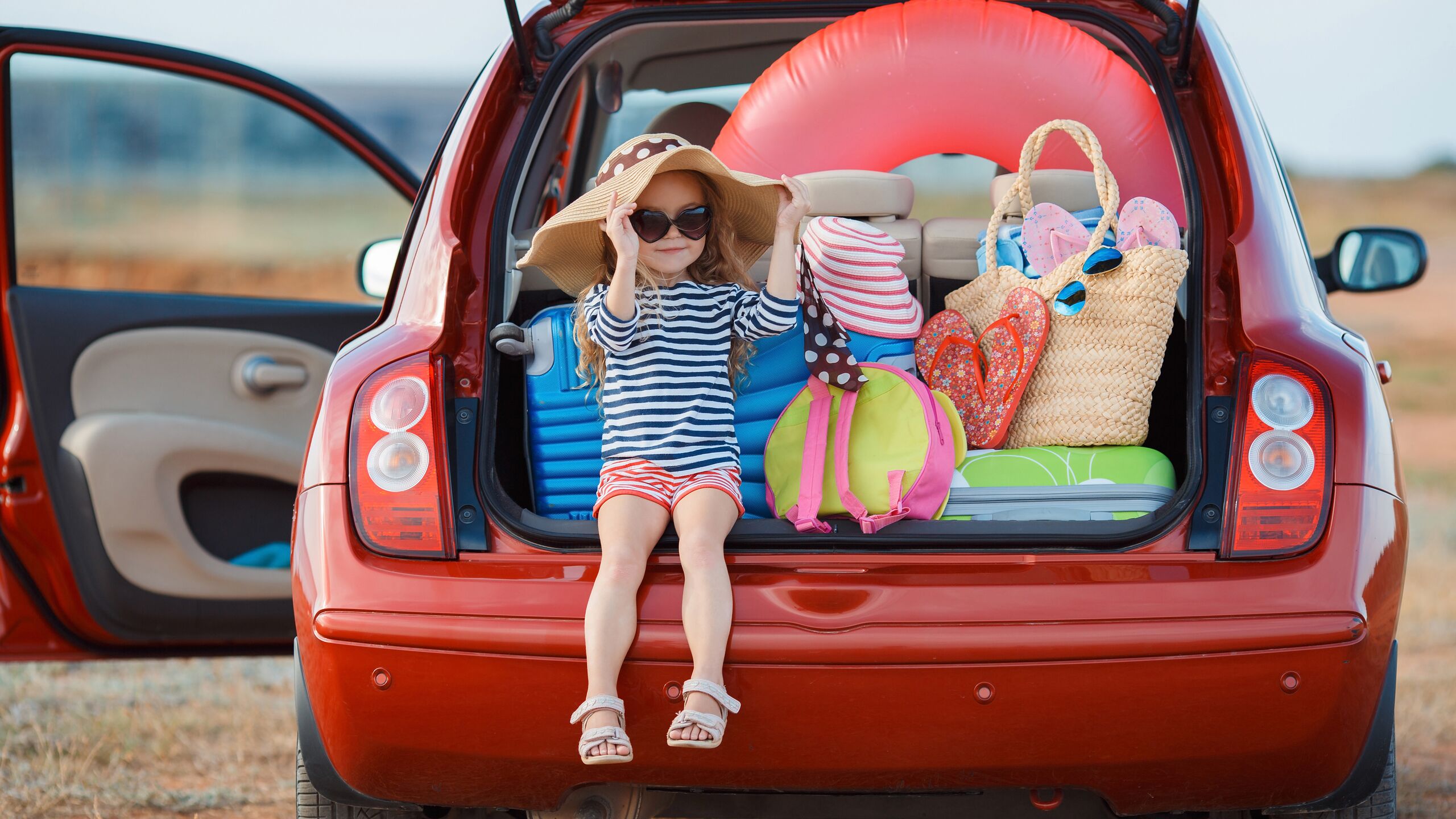
Between the ages of 3 and 17, in certain situations, your children may exceptionally travel without a restraint:
- If there are not enough restraint systems available, for short journeys made occasionally.
- If there is not enough room to attach a third child restraint to the back seat of the vehicle to carry a third child.
- If the child’s weight exceeds 36 kg.
- In taxis that do not have child seats fitted.
In these exceptional situations, children can sit in the rear seats and must wear a seat belt.
Risks incurred for not using a child car seat
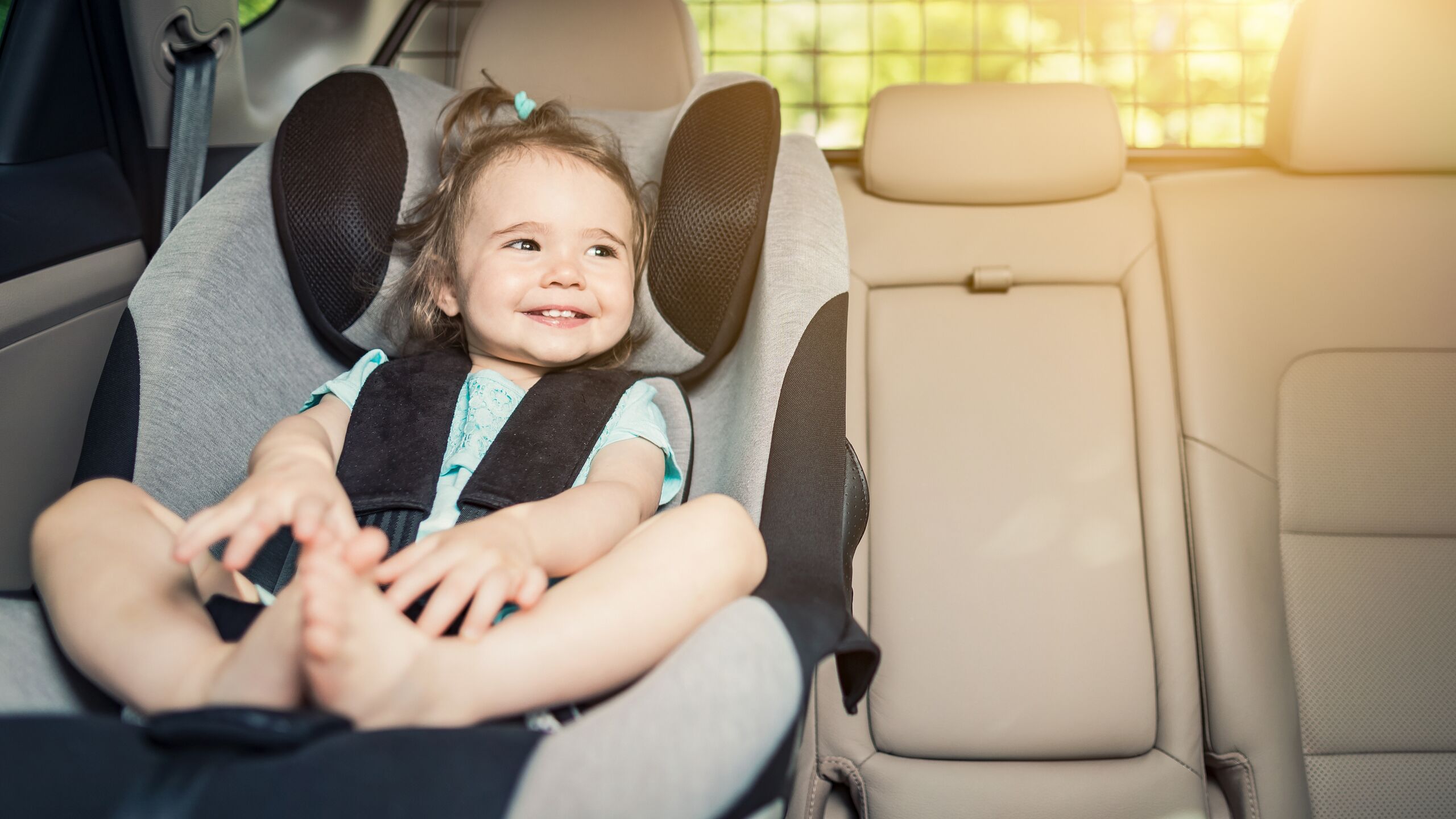
Luxembourg law provides for a fine of €145 and the withdrawal of 2 points from your licence if you transport a child under 1.50 m without a specialised approved restraint device.
Legilux (Article 160bis).
Which standard should you choose for your child seats? R44 and R129 i-Size?
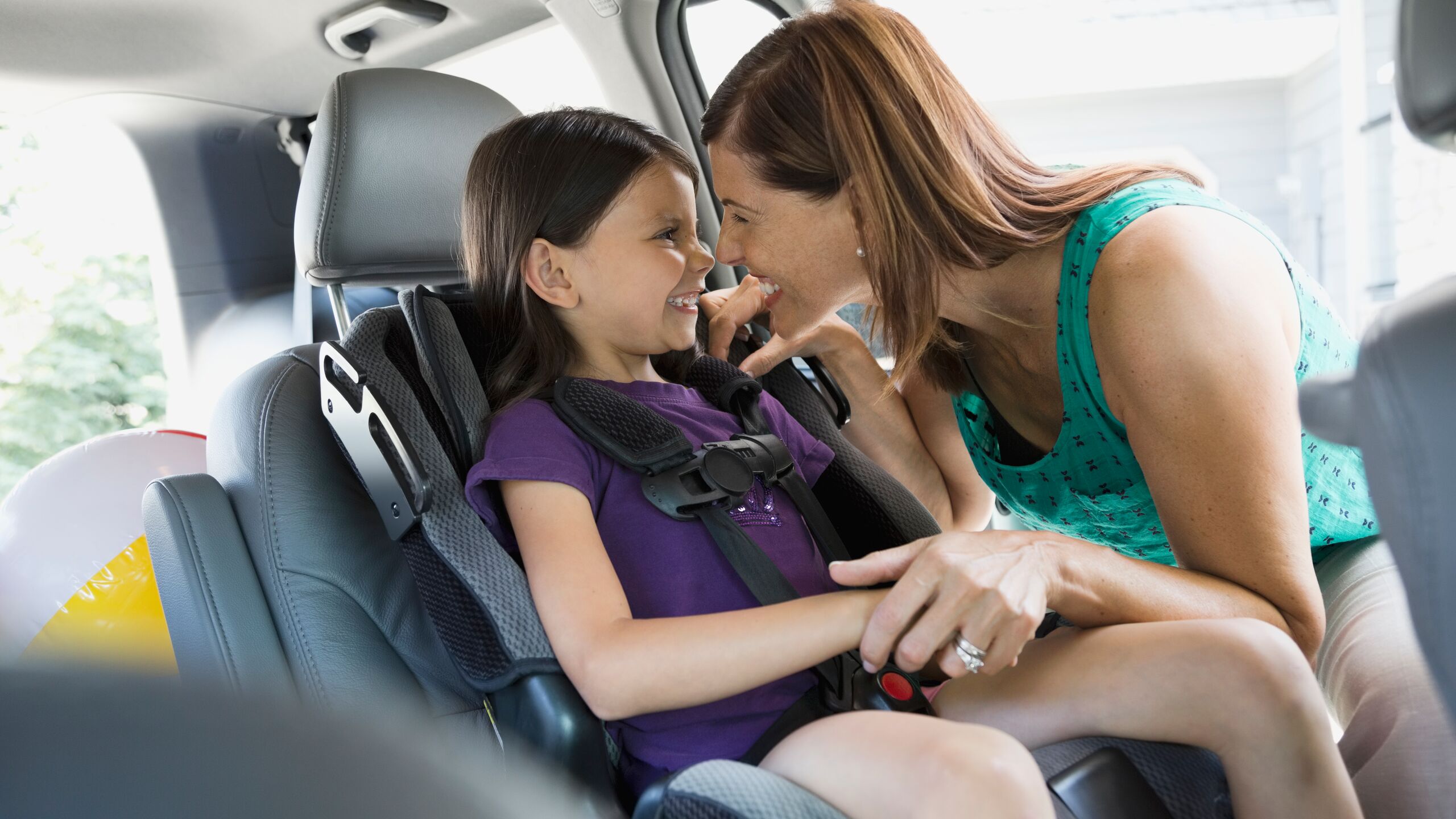
The standard ECE-R44 entered into force in 1982. It relates more broadly to car seats which are attached using a seat belt and more rarely by Isofix. The seats are classified by group (0, 1, 2, etc.) according to the weight of the child.
Since 2013, you also have the choice to opt for a car seat that meets the standard ECE R129 (i-Size). Why a new standard? Because it goes further in terms of safety. The system uses Isofix attachments which fit directly onto the vehicle chassis via integrated rigid fasteners. This allows better support for the seat in the event of an impact.
Another advance is that this standard provides for the child to be placed facing the rear of the car until at least the age of 15 months. This position is recommended as long as possible to preserve small children’s fragile necks.
The I-Size standard also provides other classification criteria for car seats. You now choose a restraint based on the child’s height and no longer on their weight.
The final advantage is that the seat belt is no longer used for attachment, so you are much less likely to get it wrong. This is a good thing when a recent study conducted by Bébé Confort and Prévention Routière showed that 75% of baby seats secured with a belt are not properly attached!*
i-Size R129 is therefore the best choice in terms of safety. But be careful before deciding on a car seat that meets this standard. Do check that your vehicle has the necessary attachments and space to accommodate an i-Size type car seat. Only a full-scale test with your vehicle can assure you 100%. On the price side, i-Size equipment is more expensive with prices starting around €400.
How to choose
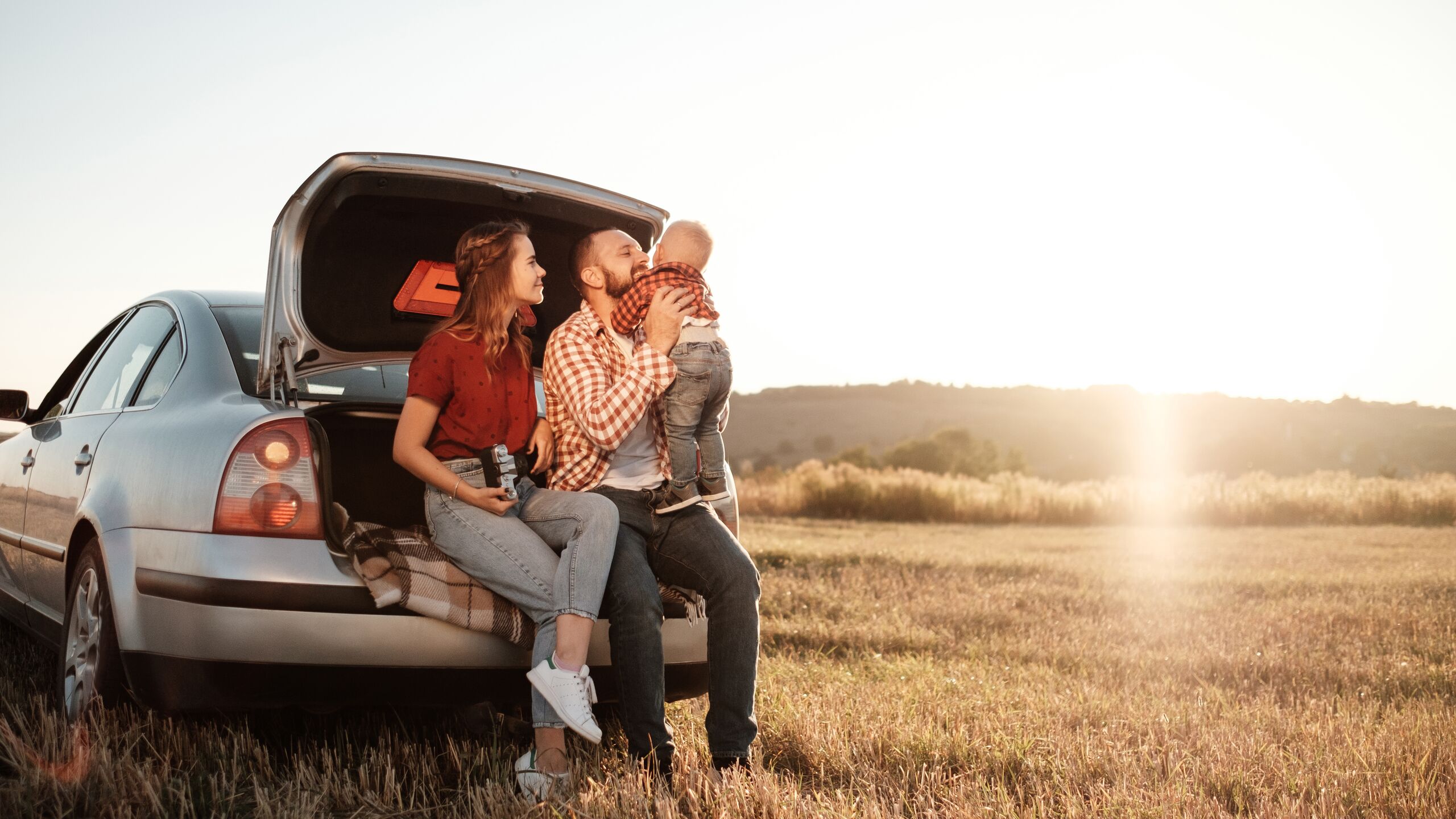
There are three main categories of restraint systems, depending on the size and weight of the child:
- Infant seats for travelling with a baby: this type of car seat is suitable for children from 40-45 cm to 75-87 cm (maximum weight: 12-13 kg).
- Second age car seats for children from 61-76 cm up to 105 cm (maximum weight variable from 18 to 23 kg).
- Booster seats without a backrest for taller children, between 100 and 150 cm, and over 23 kg.
Make sure you change your child’s seat regularly to keep up with your child’s growth.
What position is the safest for your child in the car?
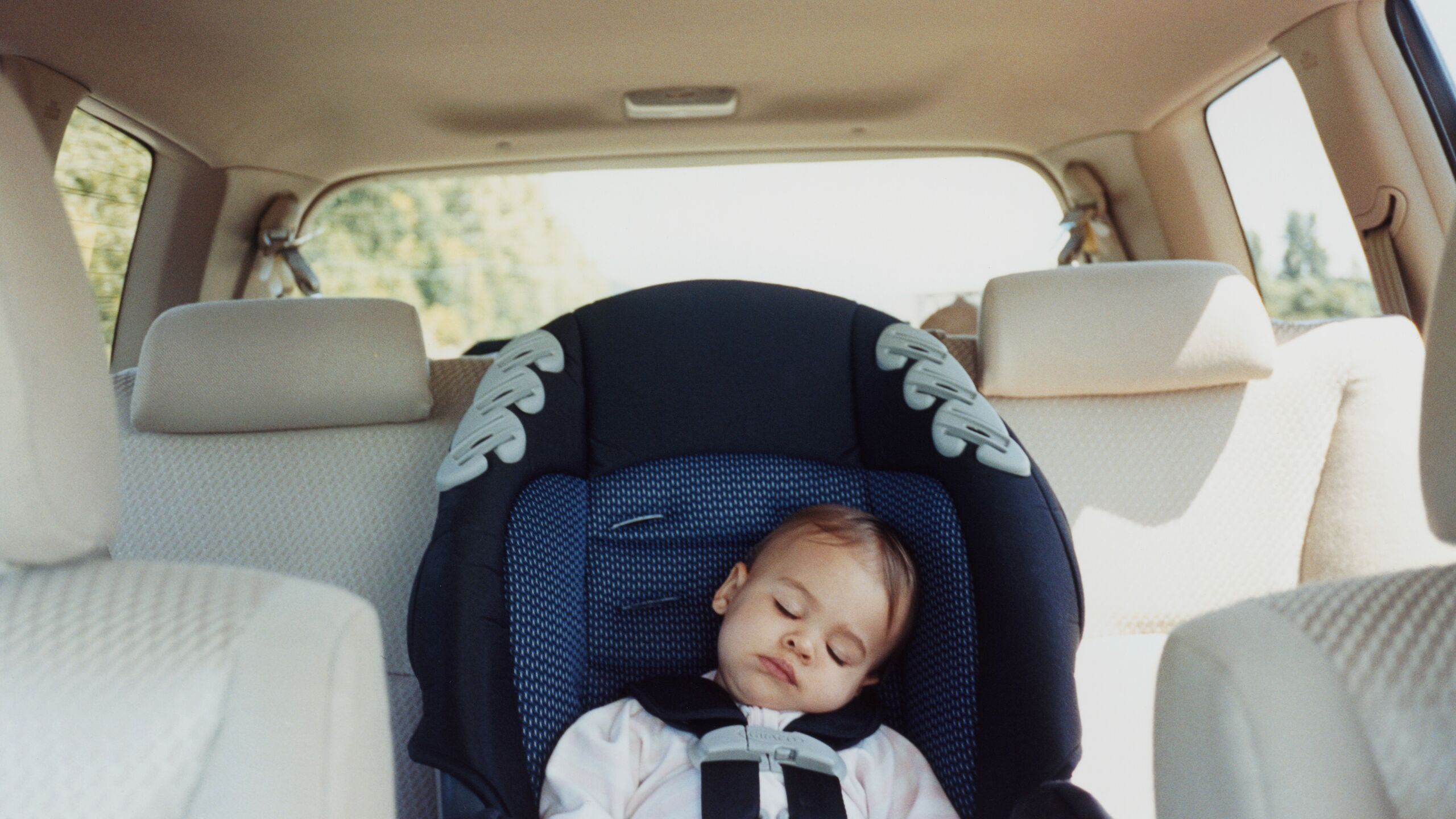
Facing the road, in the front, in the back... Many people wonder what the safest place is for your children in the car. We interviewed the head of AXA’s Accident Research and Prevention department to give some clarity.
- In the middle of the back seat: this is the safest place. For a simple reason - there is better protection if parts of the vehicle are pushed into the interior of the passenger compartment. So, without hesitation, this is the place to be for children, if your vehicle allows it.
- Rear right: If it is not possible to mount the car seat in the middle of the back seat, then install it behind the passenger seat. “The figures prove it: it is the driver’s side that is most often damaged. On the rear passenger side, the risk of a side impact is therefore lower.
- At the front: this seat is well suited to older children installed in a booster seat because “These seats have better designed headrests than those in the rear seats, offering better protection.” For small children in rear-facing seats, it is better to place them in the back. If you have no other option but to install them in the front, don’t forget to deactivate the airbag.
What about our neighbors?
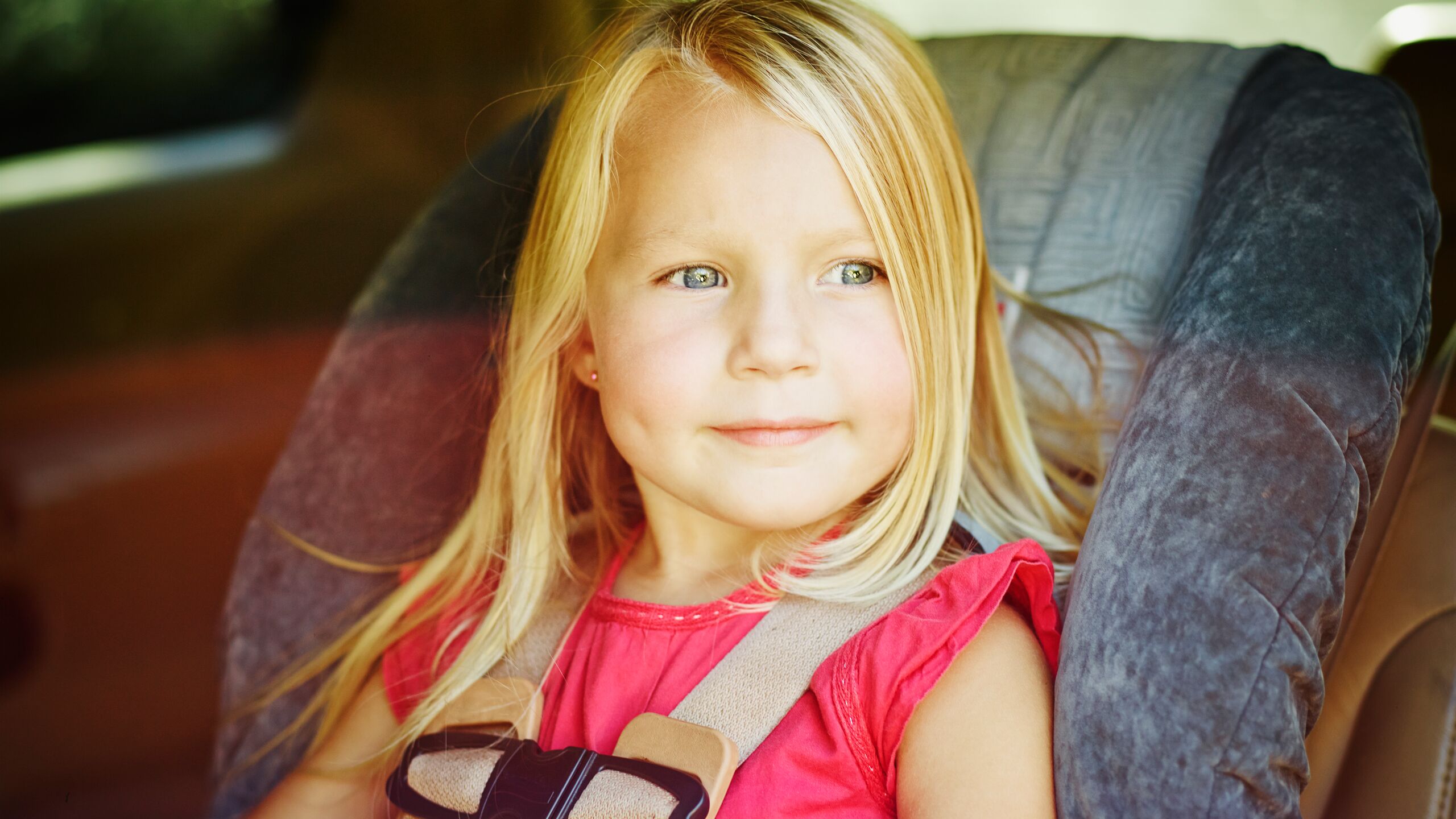
If you come from Belgium or France, the limit below which a car seat is compulsory differs a little. It is set at 135 cm in Belgium and 10 years for France. As for Germany, the rule is the same as for Luxembourg: a car seat is compulsory for children under 150 cm.
Car accidents remain the leading cause of death for children under 10.So, even for short trips, always check that the seat is correctly fastened and the seat belt is correctly positioned.
*Study conducted by Bébé Confort and Prévention Routière in 2018 on 750 children transported in car seats in France.
An advisor is available in every region of the Grand Duchy to offer you his services and his well-informed advice about insurance solutions : Do you need advice ?
